 |
Coalsack
The Coalsack Nebula (Southern Coalsack, or simply ''the'' Coalsack) is a dark nebula, which is visible to the naked eye as a dark patch obscuring part of the Milky Way east of Acrux (Alpha Crucis) in the constellation of Crux. General information Historically any other dark cloud in the night sky was called coalsack. The Coalsack Nebula was juxtaposed in 1899 by Richard Hinckley Allen through naming the Northern Coalsack Nebula. The Coalsack Nebula covers nearly 7 ° by 5° and extends into the neighboring constellations Centaurus and Musca. The first observation was reported by Vicente Yáñez Pinzón in 1499. It was named "''il Canopo fosco''" (the dark Canopus) by Amerigo Vespucci and was also called "''Macula Magellani''" (Magellan's Spot) or "''Black Magellanic Cloud''" in opposition to the Magellanic Clouds. In Australian Aboriginal astronomy, the Coalsack forms the head of the '' emu in the sky'' in several Aboriginal cultures. Amongst the Wardaman people, it is said ... [...More Info...] [...Related Items...] OR: [Wikipedia] [Google] [Baidu] [Amazon] |
 |
Musca
is a small constellation in the deep southern sky. It was one of 12 constellations created by Petrus Plancius from the observations of Pieter Dirkszoon Keyser and Frederick de Houtman, and it first appeared on a celestial globe in diameter published in 1597 (or 1598) in Amsterdam by Plancius and Jodocus Hondius. The first depiction of this constellation in a celestial atlas was in Johann Bayer's '' Uranometria'' of 1603. It was also known as for 200 years. Musca remains below the horizon for most Northern Hemisphere observers. Many of the constellation's brighter stars are members of the Scorpius–Centaurus association, a loose group of hot blue-white stars that appears to share a common origin and motion across the Milky Way. These include Alpha, Beta, Gamma, Zeta2 and (probably) Eta Muscae, as well as HD 100546, a blue-white Herbig Ae/Be star that is surrounded by a complex debris disk containing a large planet or brown dwarf and possible protoplanet. Two further ... [...More Info...] [...Related Items...] OR: [Wikipedia] [Google] [Baidu] [Amazon] |
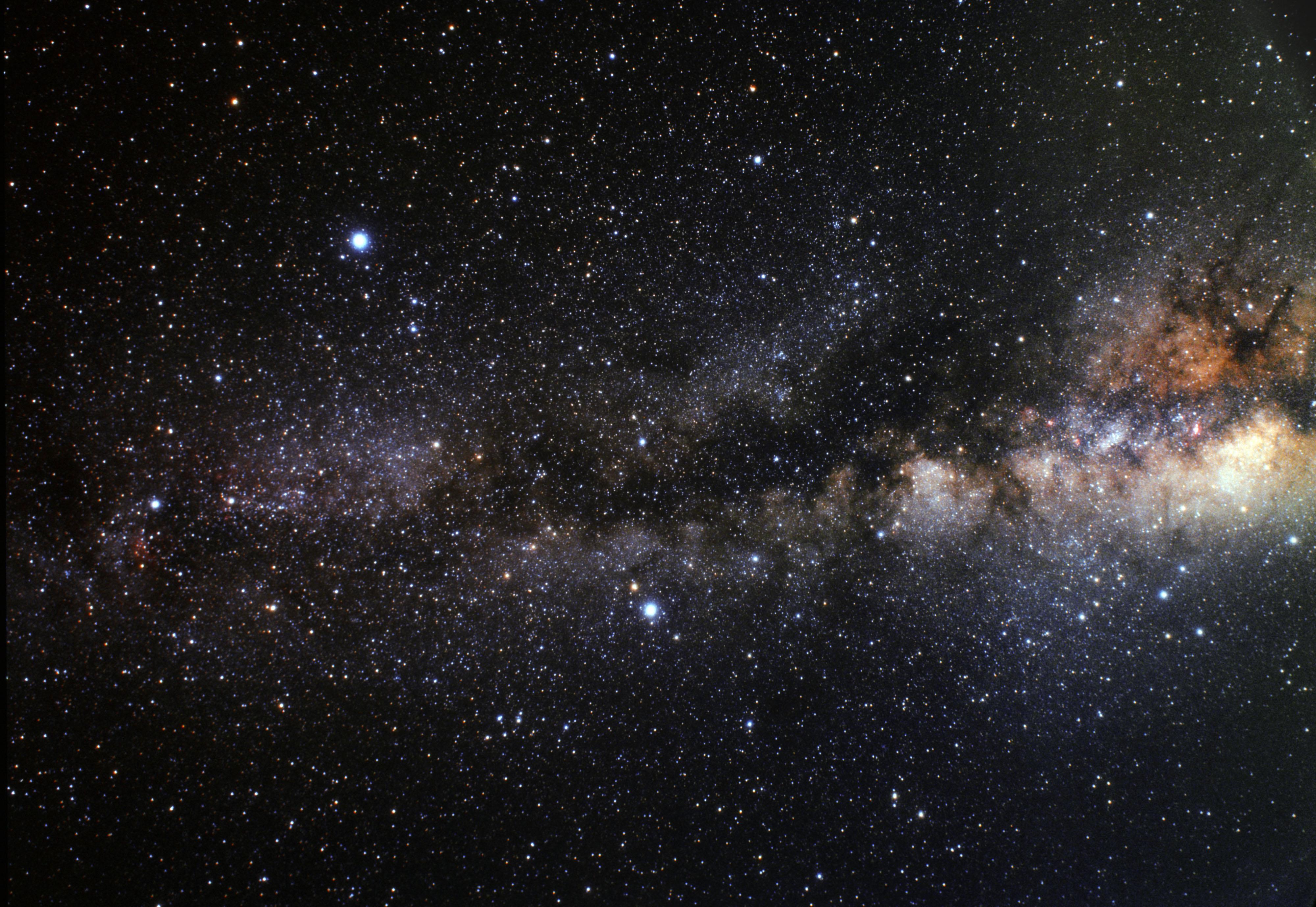 |
Northern Coalsack Nebula
In astronomy, the Great Rift (sometimes called the Dark Rift or less commonly the Dark River) is a dark band caused by interstellar clouds of cosmic dust that significantly obscure (extinguish) the center and most radial sectors of the Milky Way galaxy from Earth's perspective. In dark, clear night skies, the rift appears as clear as the bright bulge of stars around the Galactic Center does to the naked eye or binoculars. The rift is largely between the Solar System (which is close to the inner edge of the Orion Arm) and the next arm, inward, the Sagittarius Arm. The clouds are an obstruction to millions of the galaxy's stars detected at visible wavelengths, which compose a bright hazy band appearing 30° wide and arching through the night sky. The clouds within our radial sector of the galaxy span about from Earth. The clouds are estimated to contain about 1 million solar masses of plasma and dust. Properties To the naked eye, the Great Rift appears as a dark lane that di ... [...More Info...] [...Related Items...] OR: [Wikipedia] [Google] [Baidu] [Amazon] |
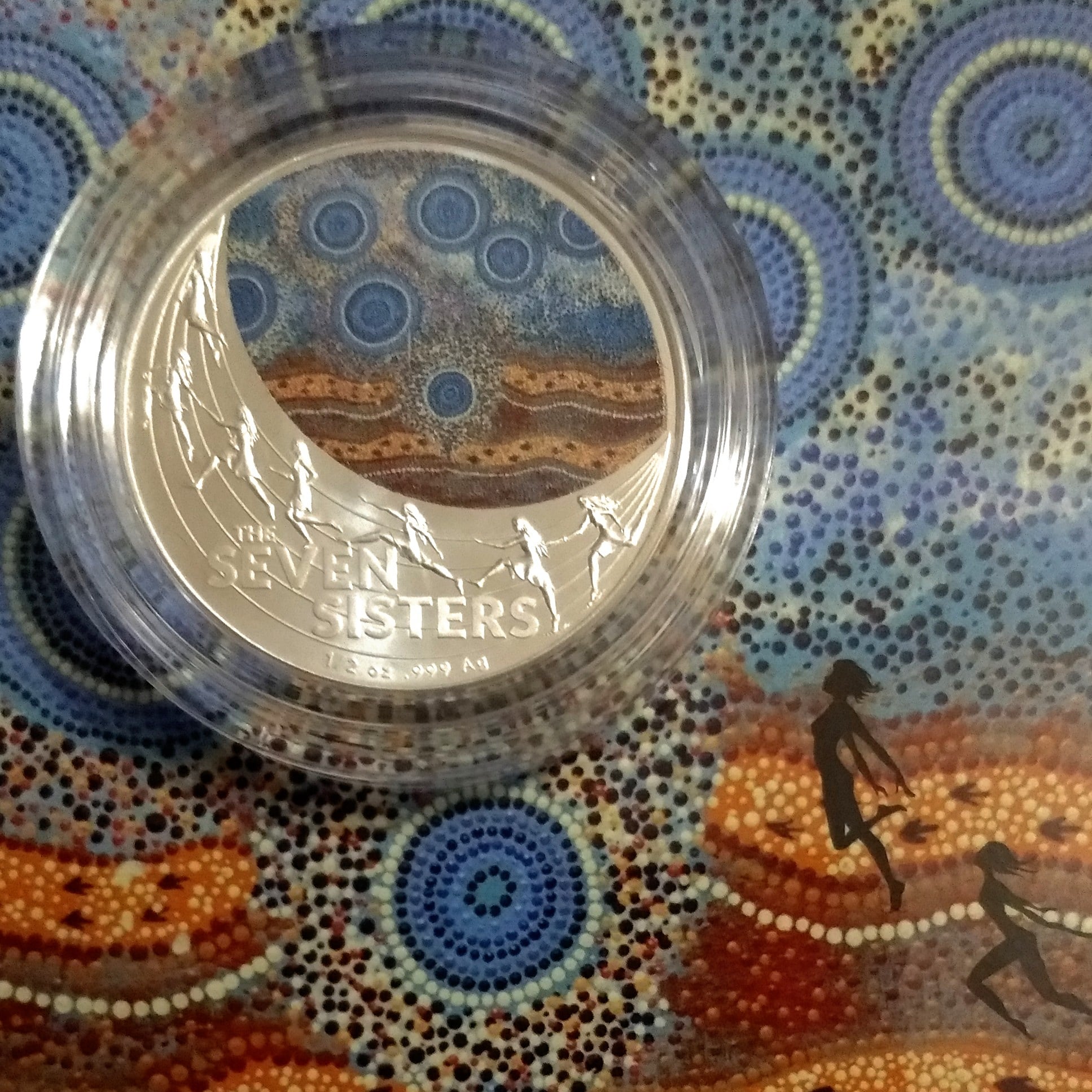 |
Australian Aboriginal Astronomy
Australian Aboriginal astronomy has been passed down orally, through ceremonies, and in their artwork of many kinds. The astronomical systems passed down thus show a depth of understanding of the movement of celestial objects which allowed them to use them as a practical means for creating calendars and for navigating across the continent and waters of Australia. There is a diversity of astronomical traditions in Australia, each with its own particular expression of cosmology. However, there appear to be common themes and systems between the groups. Due to the long history of Australian Aboriginal astronomy, the Aboriginal peoples have been described as "world's first astronomers" on several occasions. Many of the constellations were given names based on their shapes, just as traditional western astronomy does, such as the Pleiades, Orion and the Milky Way, with others, such as Emu in the Sky, describes the dark patches rather than the points lit by the stars. Contemporary In ... [...More Info...] [...Related Items...] OR: [Wikipedia] [Google] [Baidu] [Amazon] |
 |
Emu Public
The emu (; ''Dromaius novaehollandiae'') is a species of flightless bird endemic to Australia, where it is the tallest native bird. It is the only extant member of the genus ''Dromaius'' and the third-tallest living bird after its African ratite relatives, the common ostrich and Somali ostrich. The emu's native ranges cover most of the Australian mainland. The Tasmanian, Kangaroo Island and King Island subspecies became extinct after the European settlement of Australia in 1788. The emu has soft, brown feathers, a long neck, and long legs. It can grow up to in height. It is a robust bipedal runner that can travel great distances, and when necessary can sprint at . It is omnivorous and forages on a variety of plants and insects, and can go for weeks without eating. It drinks infrequently, but takes in copious amounts of fresh water when the opportunity arises. Breeding takes place in May and June, and fighting among females for a mate is common. Females can mate several t ... [...More Info...] [...Related Items...] OR: [Wikipedia] [Google] [Baidu] [Amazon] |
 |
Milky Way
The Milky Way or Milky Way Galaxy is the galaxy that includes the Solar System, with the name describing the #Appearance, galaxy's appearance from Earth: a hazy band of light seen in the night sky formed from stars in other arms of the galaxy, which are so far away that they cannot be individually distinguished by the naked eye. The Milky Way is a barred spiral galaxy with a Galaxy#Isophotal diameter, D25 isophotal diameter estimated at , but only about 1,000 light-years thick at the spiral arms (more at the bulge). Recent simulations suggest that a dark matter area, also containing some visible stars, may extend up to a diameter of almost 2 million light-years (613 kpc). The Milky Way has several List of Milky Way's satellite galaxies, satellite galaxies and is part of the Local Group of galaxies, forming part of the Virgo Supercluster which is itself a component of the Laniakea Supercluster. It is estimated to contain 100–400 billion stars and at least that number of pla ... [...More Info...] [...Related Items...] OR: [Wikipedia] [Google] [Baidu] [Amazon] |
|
Caldwell Catalogue
The Caldwell catalogue is an astronomical catalogue of 109 star clusters, nebulae, and galaxies for observation by amateur astronomers. The list was compiled by Patrick Moore as a complement to the Messier catalogue. While the Messier catalogue is used by amateur astronomers as a list of deep-sky objects for observation, Moore noted that Messier's list was not compiled for that purpose and excluded many of the sky's brightest deep-sky objects, such as the Hyades, the Double Cluster ( NGC 869 and NGC 884), and the Sculptor Galaxy (NGC 253). The Messier catalogue was actually compiled as a list of known objects that might be confused with comets. Moore also observed that since Messier compiled his list from observations in Paris, it did not include bright deep-sky objects visible in the Southern Hemisphere, such as Omega Centauri, Centaurus A, the Jewel Box, and 47 Tucanae. Moore compiled a list of 109 objects to match the commonly accepted number of Messier objects ... [...More Info...] [...Related Items...] OR: [Wikipedia] [Google] [Baidu] [Amazon] |
|
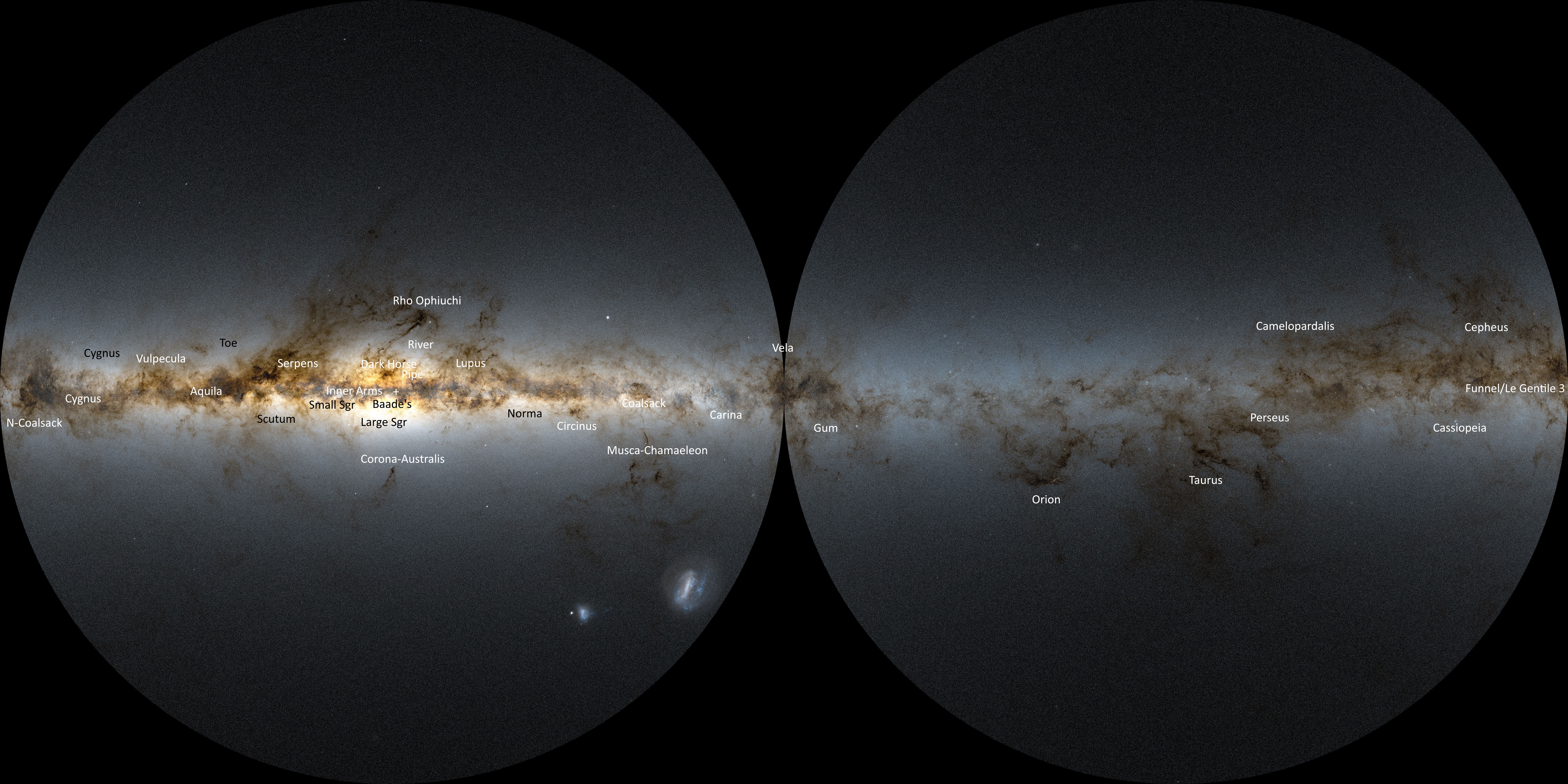 |
Dark Nebula
A dark nebula or absorption nebula is a type of interstellar cloud, particularly molecular clouds, that is so dense that it obscures the visible wavelengths of light from objects behind it, such as background stars and emission or reflection nebulae. The extinction of the light is caused by interstellar dust grains in the coldest, densest parts of molecular clouds. Clusters and large complexes of dark nebulae are associated with Giant Molecular Clouds. Isolated small dark nebulae are called Bok globules. Like other interstellar dust or material, the things it obscures are visible only using radio waves in radio astronomy or infrared in infrared astronomy. Dark clouds appear so because of sub-micrometre-sized dust particles, coated with frozen carbon monoxide and nitrogen, which effectively block the passage of light at visible wavelengths. Also present are molecular hydrogen, atomic helium, C18O (CO with oxygen as the 18O isotope), CS, NH3 (ammonia), H2CO (formaldehyde), c- ... [...More Info...] [...Related Items...] OR: [Wikipedia] [Google] [Baidu] [Amazon] |
|
Night On The Galactic Railroad
, sometimes translated as ''Milky Way Railroad'', ''Night Train to the Stars'' or ''Fantasy Railroad in the Stars'', is a classic Japanese fantasy novel by Kenji Miyazawa written around 1927. The nine-chapter novel was posthumously published by in 1934 as part of . Four versions are known to be in existence, with the last one being the most famous among Japanese readers. The novel was adapted as a 1985 anime film of the same title as well as various stage musicals and plays. Plot summary Giovanni is a lonely boy whose mother is bedridden with illness and whose father is said to be either away on a long fishing trip or serving a prison sentence. Giovanni does odd jobs after school such as helping the typesetter at the printers in order to buy food; his sister also contributes. His classmates regularly ridicule him for having once said his father will return soon and bring him an otter-skin coat. During a science lesson, the teacher asks the class what the Milky Way is made of ... [...More Info...] [...Related Items...] OR: [Wikipedia] [Google] [Baidu] [Amazon] |
|
 |
Cambridge University Press
Cambridge University Press was the university press of the University of Cambridge. Granted a letters patent by King Henry VIII in 1534, it was the oldest university press in the world. Cambridge University Press merged with Cambridge Assessment to form Cambridge University Press and Assessment under Queen Elizabeth II's approval in August 2021. With a global sales presence, publishing hubs, and offices in more than 40 countries, it published over 50,000 titles by authors from over 100 countries. Its publications include more than 420 academic journals, monographs, reference works, school and university textbooks, and English language teaching and learning publications. It also published Bibles, runs a bookshop in Cambridge, sells through Amazon, and has a conference venues business in Cambridge at the Pitt Building and the Sir Geoffrey Cass Sports and Social Centre. It also served as the King's Printer. Cambridge University Press, as part of the University of Cambridge, was a ... [...More Info...] [...Related Items...] OR: [Wikipedia] [Google] [Baidu] [Amazon] |
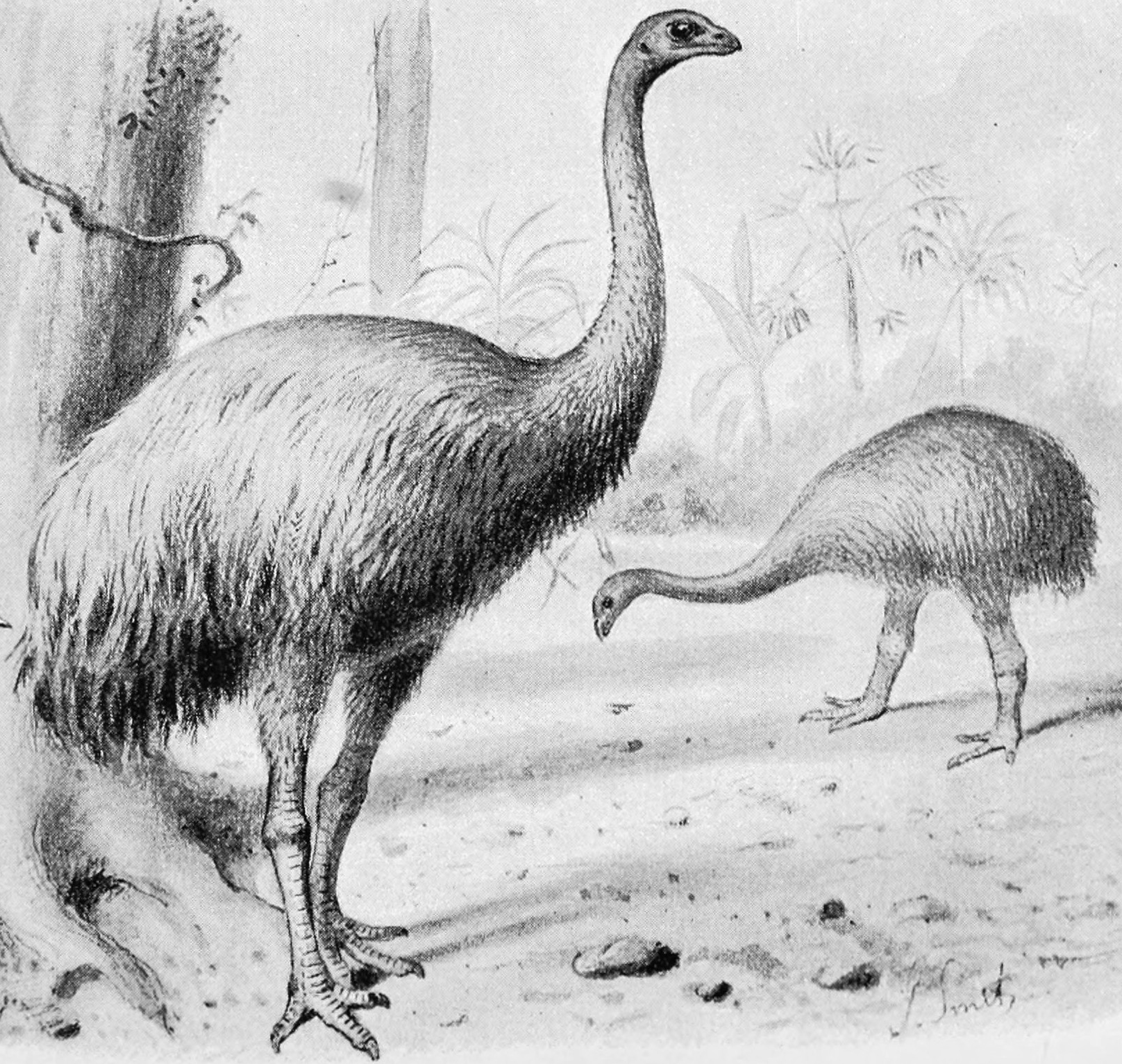 |
Tinamou
Tinamous () are members of the order Tinamiformes (), and family Tinamidae (), divided into two distinct subfamily, subfamilies, containing 46 species found in Mexico, Central America, and South America. The word "tinamou" comes from the Carib language, Galibi term for these birds, ''tinamu''. Tinamous are the only living group of Palaeognathae, palaeognaths able to fly, and were traditionally regarded as the sister group of the flightless ratites, but recent work places them well within the ratite radiation as most closely related to the extinct moa of New Zealand, implying flightlessness emerged among ratites multiple times. Tinamous first appear in the fossil record in the Miocene epoch. They are generally sedentary, ground-dwelling and, though not flightless, when possible avoid flight in favour of hiding or running away from danger. They are found in a variety of habitats, ranging from semi-arid climate, semi-arid alpine climate, alpine grasslands to tropical rainforests. The ... [...More Info...] [...Related Items...] OR: [Wikipedia] [Google] [Baidu] [Amazon] |
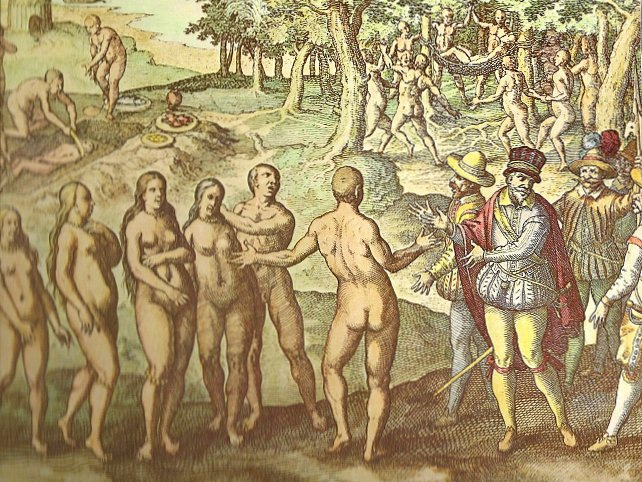 |
Amerigo Vespucci
Amerigo Vespucci ( , ; 9 March 1454 – 22 February 1512) was an Italians, Italian explorer and navigator from the Republic of Florence for whom "Naming of the Americas, America" is named. Vespucci participated in at least two voyages of the Age of Discovery between 1497 and 1504, first on behalf of Spain (14991500) and then for Portugal (15011502). In 1503 and 1505, two booklets were published under his name containing colourful descriptions of these explorations and other voyages. Both publications were extremely popular and widely read throughout much of Europe. Historians still dispute the authorship and veracity of these accounts, but they were instrumental in raising awareness of the discoveries and enhancing the reputation of Vespucci as an explorer and navigator. Vespucci claimed to have understood in 1501 that Brazil was part of a fourth continent unknown to Europeans, which he called the "New World" (Mundus Novus). The claim inspired cartographer Martin Waldseemüller ... [...More Info...] [...Related Items...] OR: [Wikipedia] [Google] [Baidu] [Amazon] |
 |
Inca Empire
The Inca Empire, officially known as the Realm of the Four Parts (, ), was the largest empire in pre-Columbian America. The administrative, political, and military center of the empire was in the city of Cusco. The History of the Incas, Inca civilisation rose from the Peruvian highlands sometime in the early 13th century. The Portuguese explorer Aleixo Garcia was the first European to reach the Inca Empire in 1524. Later, in 1532, the Spanish Empire, Spanish began the conquest of the Inca Empire, and by 1572 Neo-Inca State, the last Inca state was fully conquered. From 1438 to 1533, the Incas incorporated a large portion of western South America, centered on the Andes, Andean Mountains, using conquest and peaceful assimilation, among other methods. At its largest, the empire joined modern-day Peru with what are now western Ecuador, western and south-central Bolivia, northwest Argentina, the southwesternmost tip of Colombia and Incas in Central Chile, a large portion of modern- ... [...More Info...] [...Related Items...] OR: [Wikipedia] [Google] [Baidu] [Amazon] |